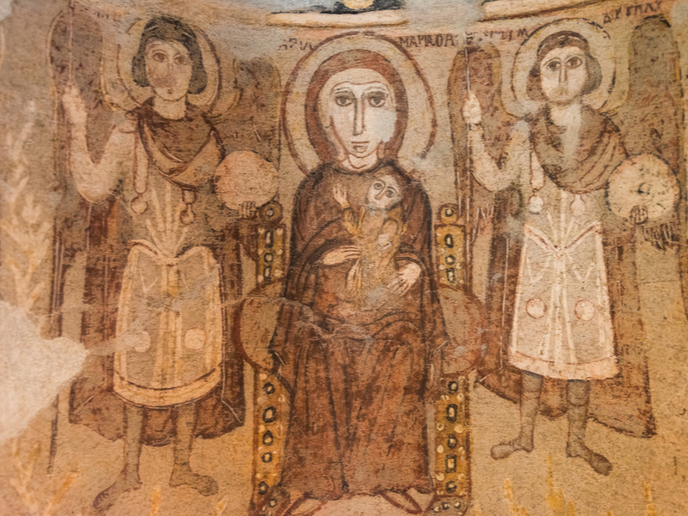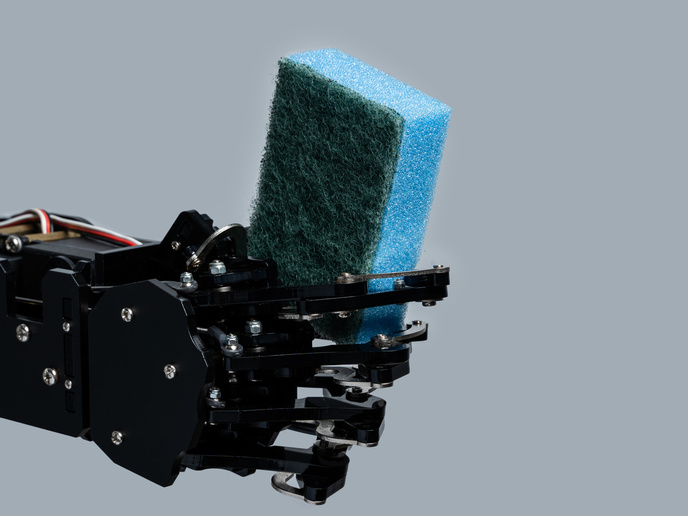Stitching together Egyptian history through textiles
Egypt underwent major political, social and religious changes between the 4th and 8th centuries AD, with the final division of the Roman Empire and the arrival of the Persians, and eventually the Arabs. The MONTEX project, undertaken with the support of the Marie Skłodowska-Curie Actions programme, sought to gain a better understanding of Egyptian society during these turbulent times through an analysis of textile production. “Textiles was one of the most important branches of the Egyptian economy at the time,” explains research fellow Maria Mossakowska-Gaubert, researcher at the University of Copenhagen’s Saxo Institute – Centre for Textile Research (CTR) in Denmark. The research focused on the monastic environment. Monks and nuns came from all social groups, and their professional occupations and everyday lives strongly reflect the lifestyles of laypeople.
Wool spinning was women’s work
Mossakowska-Gaubert and project coordinator Marie-Louise Nosch from the Saxo Institute examined archaeological evidence, iconographic representations, as well as written sources, both literary and documentary, in Greek and Coptic. “This interdisciplinary research has brought new pieces of evidence to the puzzle of Egypt’s economic and social history,” says Mossakowska-Gaubert. Indeed, one of the most important results from this project has been an understanding of the impact of gender and community structure on the division of labour in textile production. For example, it appears all members of the community could be involved in flax cultivation, sheep rearing and fibre preparation. The organisation of spinning and weaving processes, however, appears to have varied from one type of community to another. In mixed-sex monasteries, linen clothes and other fabrics were made by monk weavers. Nuns wove their own linen tunics and other garments and took care of linen spinning. Woollen clothes and blankets were made for the whole community in female monasteries. “However, monks living in small monasteries, and those in communities composed of numerous hermitages, took care of linen spinning themselves, but never wool,” explains Mossakowska-Gaubert. “Wool spinning was considered ‘female work’, unlike linen spinning, which could be performed by both men and women. It seems that goat hair was spun by monks only.”
Social role of clothing
The MONTEX project has helped to answer several questions regarding the social role of clothing. “Official dress was worn by the monks for specific occasions, while ‘ordinary’ clothing would be worn for daily tasks and for sleeping,” adds Mossakowska-Gaubert. “Thanks to MONTEX, we can now establish the emergence, evolution and possible variations of official clothing worn by Egyptian monks and nuns from the 4th to the 8th century.” The project has also helped to shine a light on the types of loom that were used. “A vertical loom fixed in a pit was most likely used by monks for weaving funeral shrouds, while a smaller loom was probably used for weaving strips and occasionally small children’s tunics ordered by laymen,” notes Mossakowska-Gaubert. The project identified what appears to be a foot-strap loom in an iconographic source and papyrological sources from the Roman period. The use of such a loom in Egypt has so far been completely ignored by researchers. This finding, along with the rest of the project’s results, should be of great interest to philologists, papyrologists, archaeologists and historians.
Keywords
MONTEX, Egyptian, textile, monks, nuns, monastic, looms, wool, spinning, linen, Roman-Byzantine Egypt, gender







